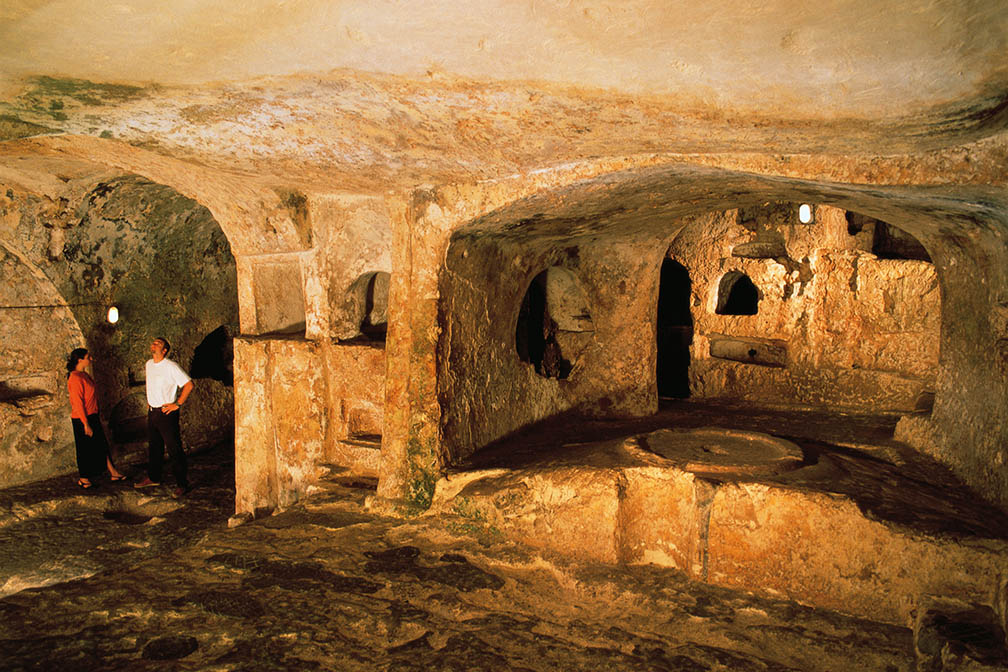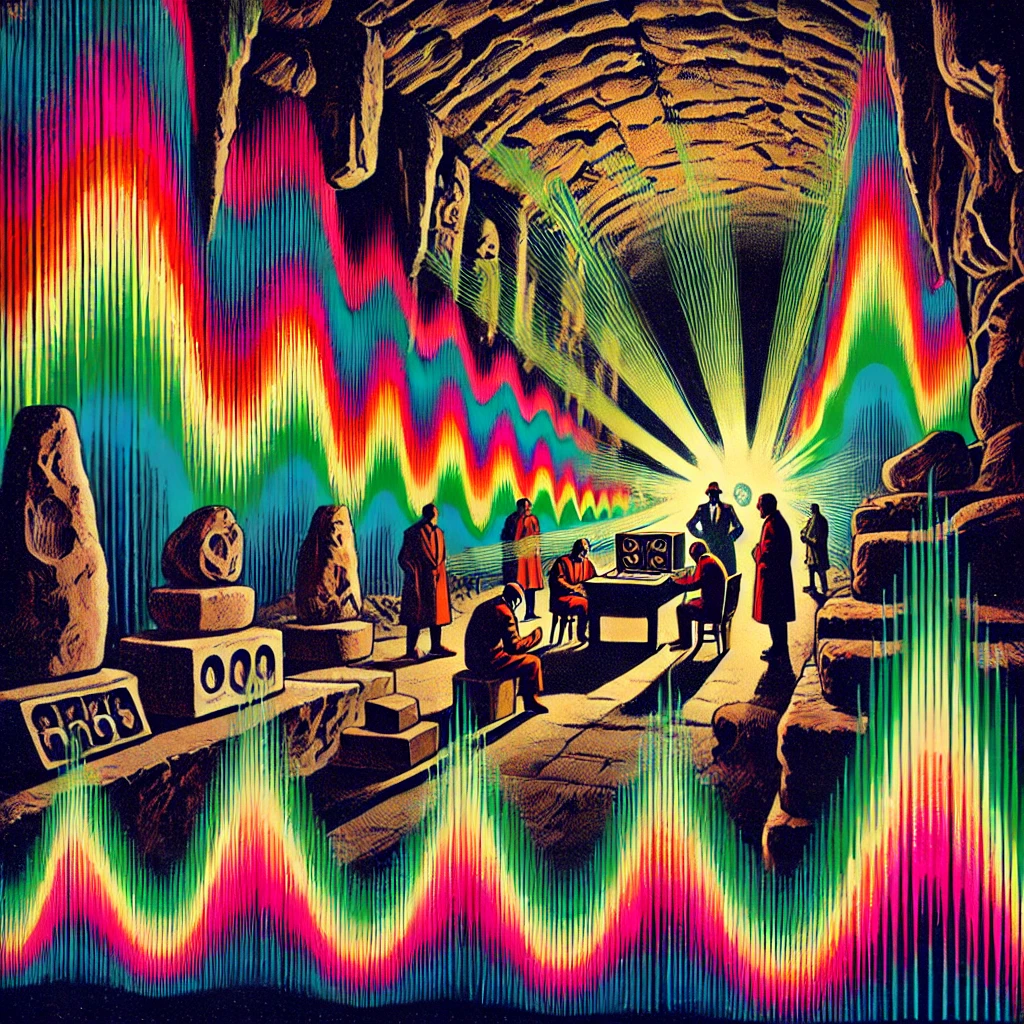Hypogeum in Malta, Altering Minds with Sound
Malta’s 6,000-Year-Old Hypogeum – Built to Alter Minds with Sound?
Incredible subterranean resonant chambers, hewn out of solid rock.
http://milbert.com/articles#hypogeum

The Ħal Saflieni Hypogeum in Malta, a UNESCO World Heritage Site, is an underground prehistoric burial site that dates back to approximately 3600-2500 BCE. It is renowned not only for its archaeological significance but also for its extraordinary acoustic properties. Researchers and visitors alike have reported that certain chambers within the Hypogeum have the ability to amplify sound dramatically and produce unique acoustic effects, leading to speculation and interest in how sound might have been used by the site’s ancient creators.
Acoustic Properties
The most notable acoustic phenomenon in the Hypogeum is found in the “Oracle Room,” a small chamber that is particularly resonant. Studies have shown that low-frequency sounds in this chamber can be felt as much as heard, resonating through the body and creating a profound physical and auditory experience. The frequency that generates the most significant effect is around 110 Hz, which is in the range of a low male voice.
Theories on the Use of Sound
There is speculation that the ancient builders of the Hypogeum might have been aware of these acoustic properties and used them intentionally for ritualistic or ceremonial purposes. The effects of sound in this context could have been used to alter states of consciousness, enhance mystical experiences, or facilitate communication with the divine. Here are a few theories:
– Altered States of Consciousness: Research has suggested that exposure to certain frequencies, such as those amplified in the Oracle Room, can affect brain activity, potentially leading to altered states of consciousness. This might have been used to induce trance states or spiritual experiences during rituals.
– **Healing Purposes**: Similar to other ancient cultures that used sound for healing, it’s theorized that the Hypogeum’s acoustics could have had therapeutic applications, utilizing the vibrations for physical or psychological healing.
– **Ritual Communication**: The enhanced acoustics could have been used to project the voice of a priest or oracle throughout the complex, giving the impression of divine or supernatural communication.
Scientific Investigations
Interest in the Hypogeum’s acoustics has led to scientific investigations into how sound behaves within its chambers. These studies have confirmed the site’s remarkable ability to amplify and sustain certain frequencies. However, conclusive evidence on how the acoustics were used by the site’s ancient occupants remains elusive, largely because the understanding of their culture and practices is still incomplete.
Conclusion
The Ħal Saflieni Hypogeum’s unique acoustic properties continue to fascinate researchers, archaeologists, and visitors. While the precise ways in which sound was used by its ancient creators remain a matter of speculation, the site offers compelling evidence of the sophisticated understanding and manipulation of sound in prehistoric times. The Hypogeum not only serves as a remarkable architectural and archaeological treasure but also as a testament to the enduring human fascination with the power of sound to affect the mind and body.
